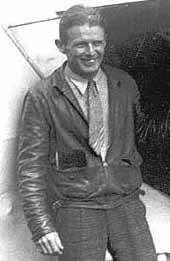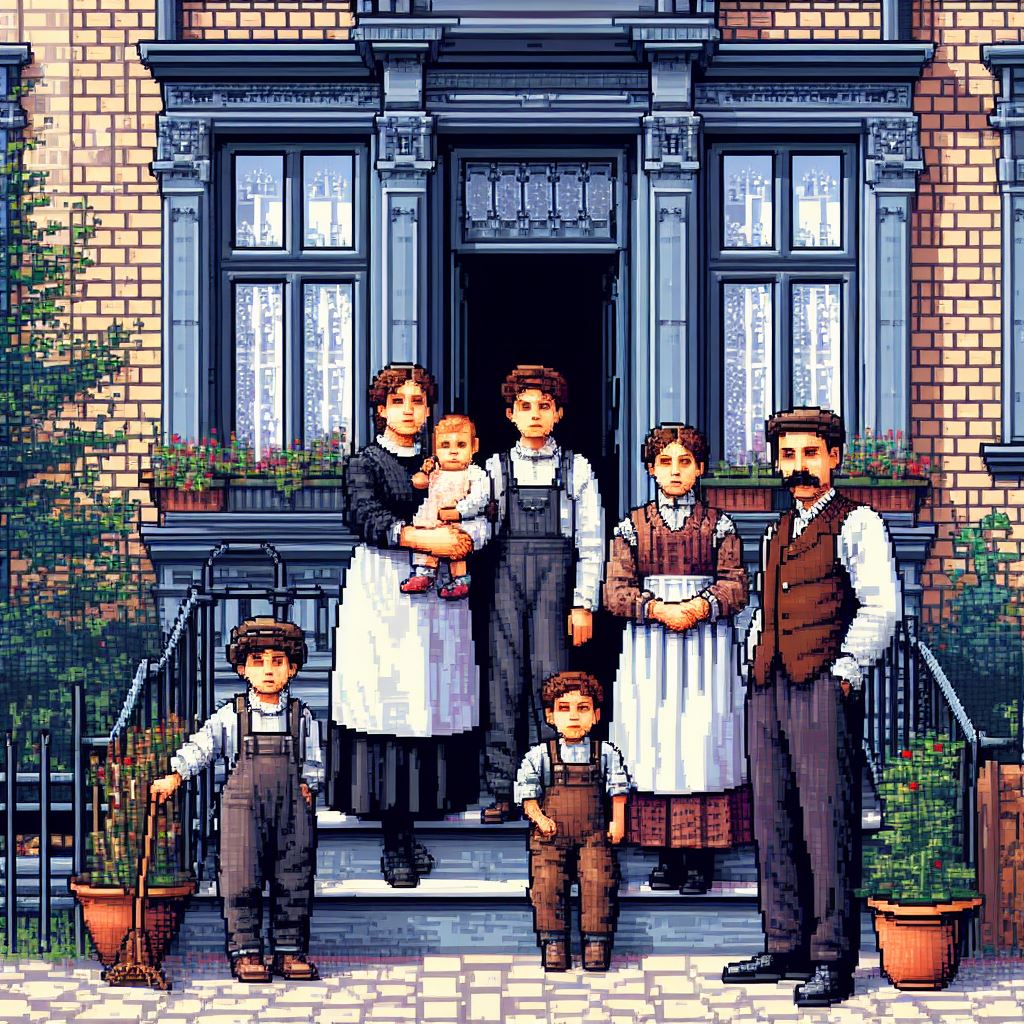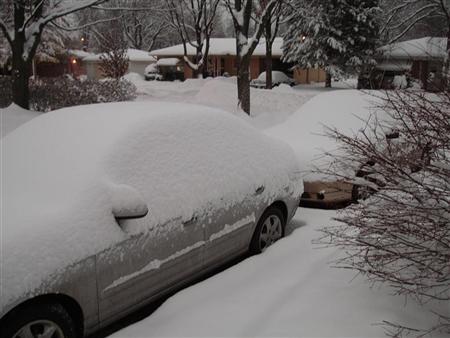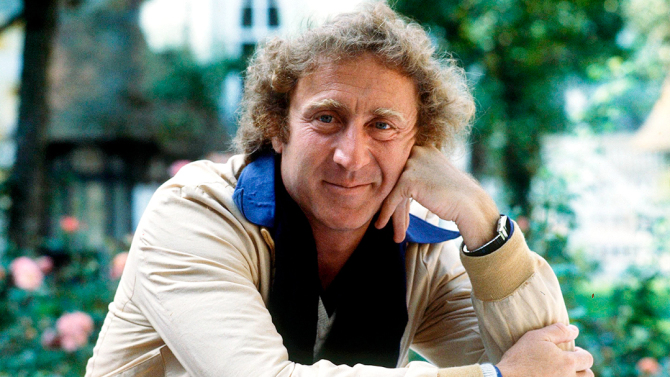My grandmother, who’s maiden name is Corrigan, always used to tell us about some distant cousin that they called “Wrong Way” Corrigan. She talked about how he flew a plane from New York to Ireland. When I was young, I thought this was some made-up, grandma-style folk tale the old people liked to tell their grandchildren. It turns out that he is real and that he really did that. Now, is he related to us and our Corrigan surname? That is another question.
Douglas “Wrong Way” Corrigan was born in 1907 in Galveston, Texas as Clyde Groce Corrigan, after his father. He legally changed his name to Douglas as an adult.
In 1938, after a transcontinental flight from Long Beach, California, to New York, he flew from Floyd Bennett Field in Brooklyn, New York, to Ireland, even though he was supposed to be returning to Long Beach. He claimed that his unauthorized flight was due to a navigational error, caused by heavy cloud cover that obscured landmarks and low-light conditions, causing him to misread his compass. Corrigan, however, was a skilled aircraft mechanic (he was one of the builders of Charles Lindbergh’s Spirit of St. Louis) and a habitual risk-taking maverick; he had made several modifications to his own plane, preparing it for transatlantic flight. Between 1935 and 1937, he applied several times, unsuccessfully, for permission to make a nonstop flight from New York to Ireland, and it is likely that his “navigational error” was a protest against government “red tape”; however, he never publicly acknowledged having flown to Ireland intentionally. – Wikipedia
 I decided to do what I could to find out if there is a connection somewhere down the Corrigan line, at least as far back as I could go. I started by finding Clyde G Corrigan in his first census report, the 1910 US Census. Fortunately, my first search brought up a Clyde G Carrigan (or Corrigan) living in San Patricio, Texas at three years old. His father’s name is also Clyde S Corrigan. We’re two for two. He also lives with his mother, Evelyn, and his younger brother, Harry. Clyde and Harry are also listed in the Texas Birth Index, 1903-1997.
I decided to do what I could to find out if there is a connection somewhere down the Corrigan line, at least as far back as I could go. I started by finding Clyde G Corrigan in his first census report, the 1910 US Census. Fortunately, my first search brought up a Clyde G Carrigan (or Corrigan) living in San Patricio, Texas at three years old. His father’s name is also Clyde S Corrigan. We’re two for two. He also lives with his mother, Evelyn, and his younger brother, Harry. Clyde and Harry are also listed in the Texas Birth Index, 1903-1997.
Well, as I jump through the Corrigan line, fortunately made easier by less popular names like Clyde and not Michael, I find evidence that will not help my cause. I find Douglas’ grandfather, John Corrigan, living in California in 1900 with his son Clyde S. It says that John’s parents were both born in Ireland and that he was born in Pennsylvania. Unfortunately, my Corrigan line came to North America in about 1820 and entered into the southern area of Ontario, Canada and stayed there a long time before dropping into Wisconsin. I don’t have much beyond that, so I won’t be able to connect his family with mine too quickly.
I did pinpoint two John Corrigans in Pennsylvania in the 1850 census and only one had parents that were born in Ireland. Hugh and Jane Corrigan living in Philadelphia, Pennsylvania. I can find one Hugh Corrigan of that age that immigrated to New York from Ireland in 1841, but no other information to confirm this is him. It also doesn’t tell me which county in Ireland that Hugh came from. This would help me connect our families, since my Corrigan family came from County Tyrone. Unfortunately, I don’t have any Hugh Corrigans listed in my tree that were born around 1805 in Ireland. I can only imagine that somewhere back in Ireland, Wrong Way’s family connects to mine. How far back? We’ll never really know, I guess.
This was a fun little escape from the normal genealogy grind. It’s amazing what you can find about almost anyone that was alive before 1930 with all the data available today on the Internet. You escaped me this time, “Wrong Way” Corrigan! One day. I will find you! (Please…for my grandmother.)



 I decided to do what I could to find out if there is a connection somewhere down the Corrigan line, at least as far back as I could go. I started by finding Clyde G Corrigan in his first census report, the 1910 US Census. Fortunately, my first search brought up a Clyde G Carrigan (or Corrigan) living in San Patricio, Texas at three years old. His father’s name is also Clyde S Corrigan. We’re two for two. He also lives with his mother, Evelyn, and his younger brother, Harry. Clyde and Harry are also listed in the Texas Birth Index, 1903-1997.
I decided to do what I could to find out if there is a connection somewhere down the Corrigan line, at least as far back as I could go. I started by finding Clyde G Corrigan in his first census report, the 1910 US Census. Fortunately, my first search brought up a Clyde G Carrigan (or Corrigan) living in San Patricio, Texas at three years old. His father’s name is also Clyde S Corrigan. We’re two for two. He also lives with his mother, Evelyn, and his younger brother, Harry. Clyde and Harry are also listed in the Texas Birth Index, 1903-1997.

